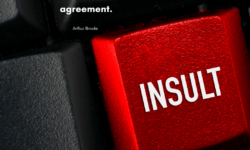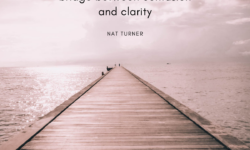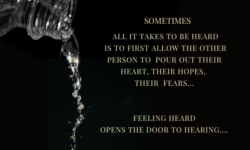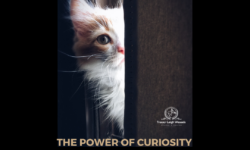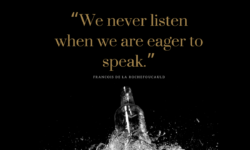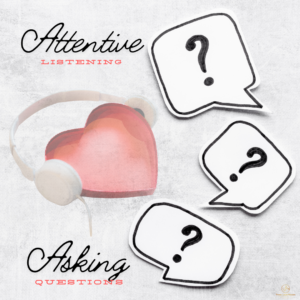 Have you ever been in a situation where no matter what you say, your words are negtively interpreted, your good intentions brought into question, your motives misjudged, and your name vilified?
Have you ever been in a situation where no matter what you say, your words are negtively interpreted, your good intentions brought into question, your motives misjudged, and your name vilified?
Few can truthfully say, “No, that has never happened to me, not even in part. I really don’t know what you’re talking about.”
Welcome to the World of Conflict – a world we all know so well, despite wishing (or pretending) that we didn’t. A world most of us try to avoid, but don’t really know how to.
As simplistic as it may seem, there is a way to deal with conflict, to help calm the storm and soothe the troubled waters … simple, because it primarily involves starting only with two activities. Difficult because in their simplicity, many a person has got lost down the road of their own interpretation on how this can be done.
The first thing that is required is attentive listening, which is listening with one’s full attention actively focused on what the person is saying, no distractions, no pretending to listen, no falling asleep. It’s a mode of listening that first aims to understand before there is any response… of any sort. It is definitely not passive, as is clear from its label, “active,” and if done correctly it will bring increased clarity and understanding and help to break down the walls of animosity and strife that are so quickly constructed whenever misunderstanding surfaces.
So, what does active listening look like?
-
It’s about keeping eye contact. You know how we are when we are angry with someone, we can’t even bear to turn our face towards them. Well, active listening requires looking, seeing, and focusing. It’s about perceptiveness to what is happening in the other person.
-
It’s also about conveying through one’s own facial expressions and body language that one wants to hear more about the issue at hand from the other person’s perspective.
-
It involves giving minor verbal encouragements, while at the same time not interrupting the speaker or their flow of communication.
-
And, importantly it requires asking questions, which is essentially the second part of this activity.
Asking questions can be an intense exercise, but it’s quite tricky because it’s not about rapidly firing off any question that comes to mind or about just adding a question mark to the end of a sentence. It’s about being genuinely curious, wanting to understand, and caring about the answer. We ask questions to grasp both the big picture and the tiny details.
The types of questions that could be used include:
- Asking open ended questions to help bring clarity. These type of questions allow for explanation and are not answered as as a simple yes and no.
- Asking reflective-type questions to help the person reflect on their feelings and actions and on why they are saying what they say.
- Asking clarifying questions which in addition, essentially help you, the listener, to understand where the other person may be coming from, what they are trying to convey, and why they might be saying what they are saying.
- Asking empathic questions which are questions that show concern for what the other person is going through and their own experience of a situation.
There is of course a number of other types of questions we could consider asking, and other factors that we could have regard to, but active listening and asking thoughtful questions is definitely an excellent place to start.
So in a nutshell, in a world where emotions very quickly begin to run high and confusion, chaos, and conflict so easily derail even the simplest interactions, attentive “quiet, focused” listening is a crucial tool for conflict resolution. By our asking questions that genuinely seek to understand where the other person is coming from, we take a powerful first step towards restoring peace and fostering true understanding. This approach not only diffuses tension and hostility but also builds bridges of empathy and connection, paving the way for more harmonious and meaningful communication.





